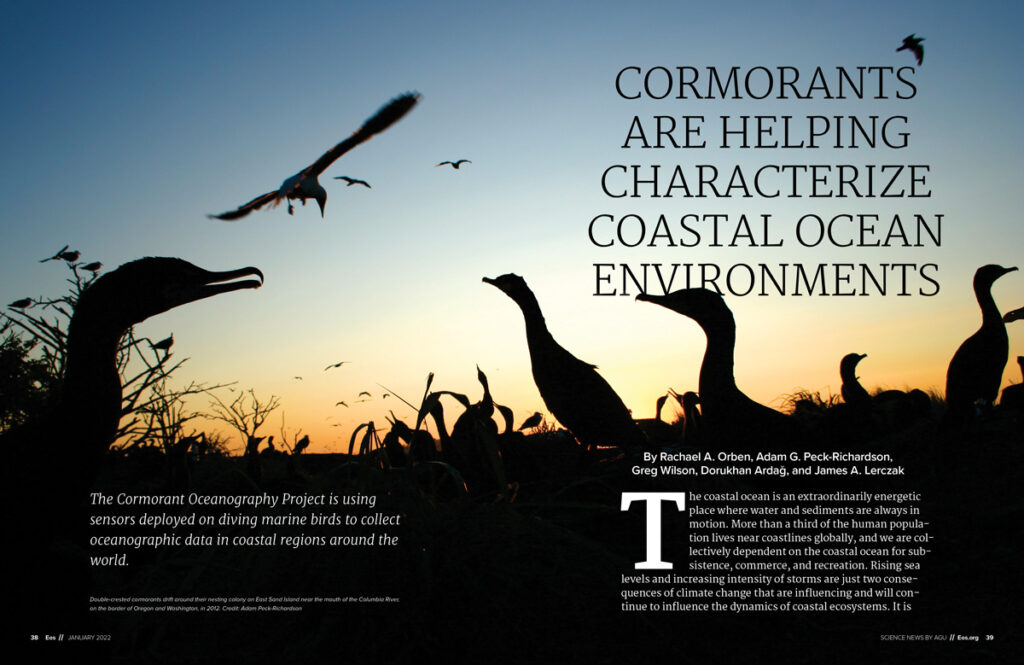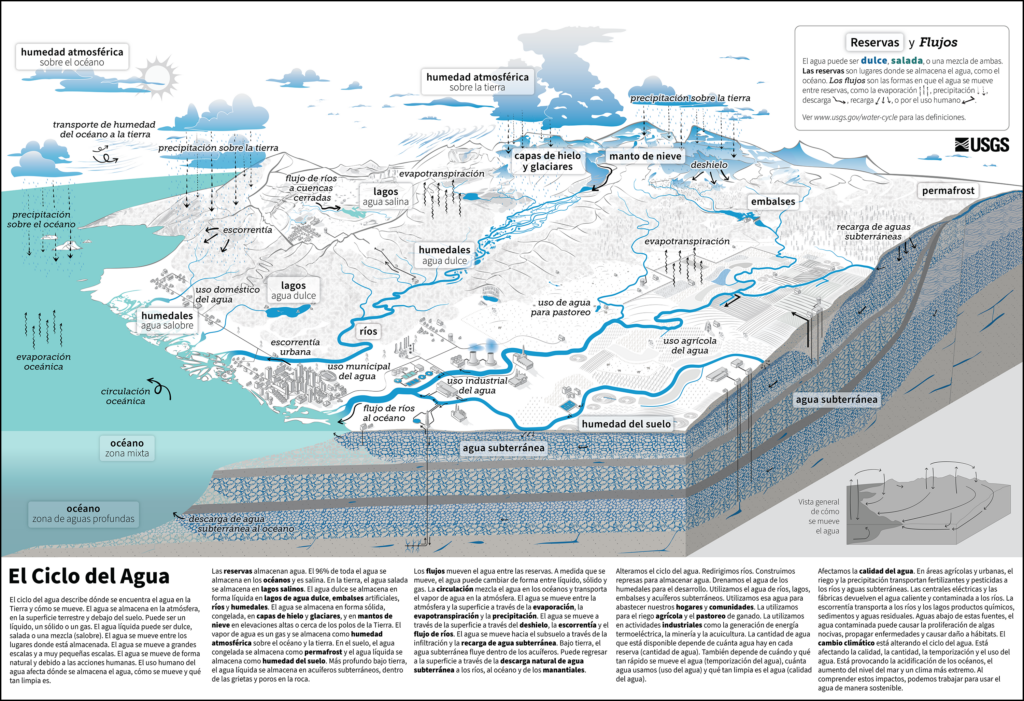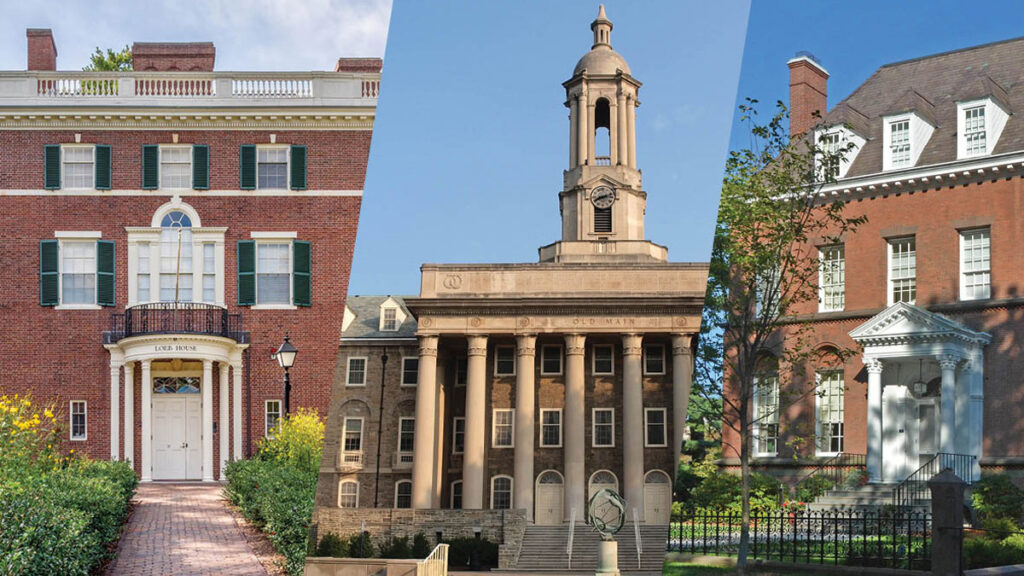Neighborhood Strategies Inform Boston’s First Urban Forest Plan. “The incorporation of audio elements into some of our news posts has been one of my favorite Eos.org developments this year! I enjoyed following along with the audio to learn about heat stress and the heat residence strategies Boston is utilizing to cool down the city.”
—Anaise Aristide, Senior Production and Analytics Specialist
“For many of us, beautiful images of galaxies, planets, and other celestial fare are as bingeworthy as Halloween candy is to kids. And, oh, were our sweet tooths (sweet teeth?) ever indulged in 2022. First came the deep-space imagery returned by the James Webb Space Telescope and then, just recently and even more intoxicating to my eyes, the glorious photos and videos taken by Orion in our own backyard.”
—Timothy Oleson, Senior Science Editor
“I love this graph from the Rhodium Group because it shows how the Inflation Reduction Act brings us much closer to our climate goals but also how much is still left to go.”
—Jenessa Duncombe, Staff Writer
“That black hole discovery and image (looked like the eye of Sauron) was pretty cool—
And while googling that, I saw this…. What?!”
—Elizabeth Zipse, Assistant Director, Marketing & Advertising
“My favorite stories happen to be in Nat Geo (which I read the most of this year). My favorite was on albino redwoods, mostly because I enjoyed learning about the weird mutant trees.”
—Derek Smith, Media Relations Intern

Cormorants Are Helping Characterize Coastal Ocean Environments. “After years of working in animal advocacy and with my family originally being from the Pacific Northwest, this one hit close to home. It was so interesting to learn how they are using the data and research to not only learn about the marine environment but also consider the balance of human activities and development with protecting the environment for the cormorants. Plus, birds in backpacks.”
—Beth Bagley, Assistant Director, Design & Branding
DART’s Final Moments. “As a veteran space reporter, I didn’t really expect to be moved by NASA’s first planetary defense mission, the Double Asteroid Redirection Test, or DART. Watching the (near) live view from the spacecraft’s DRACO camera of the alien rocky surface as it closed in on its attempt to move Dimorphos in its orbit was shockingly gripping. Relive the last 5 minutes before impact compressed into 39 seconds here. The best part? It worked.”
—Heather Goss, Publisher and Senior Director of Strategic Communications and Marketing
“How about Sabrina Imbler’s hilarious and educational feature on Tiktaalik in the New York Times?”
—Jason Dinh, Associate Editor

Were Impressionist Masters Painting a Polluted Reality? “One of my favorite stories this year detailed how scientists used paintings by J. M. W. Turner and Claude Monet to try and discern environmental conditions of the past. I must admit to bias, because Monet is my favorite painter, but beyond that, this story highlights how science can be used in ways many of us have never dreamed of and intersects with so many facets of life (like art) that seem unrelated and perhaps even diametrical.”
—Tshawna Byerly, Copy Editor

“In October, the U.S. Geological Survey released a new diagram of the water cycle for the first time in more than 20 years. The new version reflects the significant role of humans in the cycle.
“This article stands out for a number of reasons. The updated water cycle, which more accurately represents the science, has been a long time in coming, and it’s great that the more accurate model will be taught. Also, our fantastic science writer Jenessa Duncombe was in communication with USGS ahead of the release, and so Eos ‘broke’ the news. Finally, there was a lot of engagement on social media around the story, which is always fun!”
—Faith Ishii, Assistant Director, Operations

“Our great end-of-year double issue is still on my mind, but I think our feature on how alumni groups are encouraging climate action at their universities would be a standout any time of year. Our terrific staff writer Kimberly Cartier tells a tale of three universities (Harvard, Yale, Penn State) and the mixed results of young graduates organizing to elect members to their university boards. It’s thoughtful reporting on a topic I haven’t seen anywhere before and makes for fascinating reading.”

—Caryl-Sue Micalizio, Editor-in-Chief
Science Leads the Future, and the Future Is Now. “Not only do I love the cover but I like the subject and the article featuring The Past, Present, and Future of Science.”
—Valerie Friedman, Program Manager, Brand Production
—AGU


